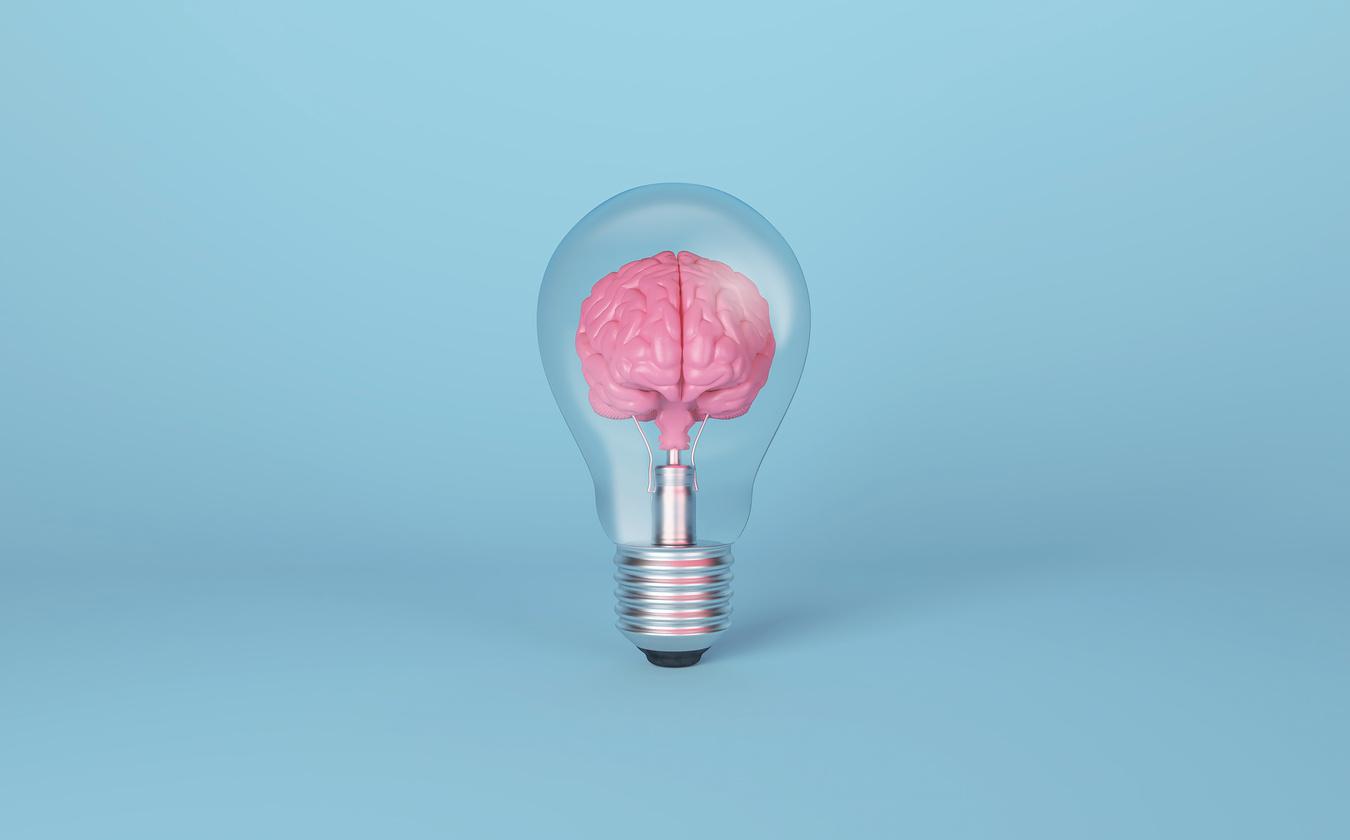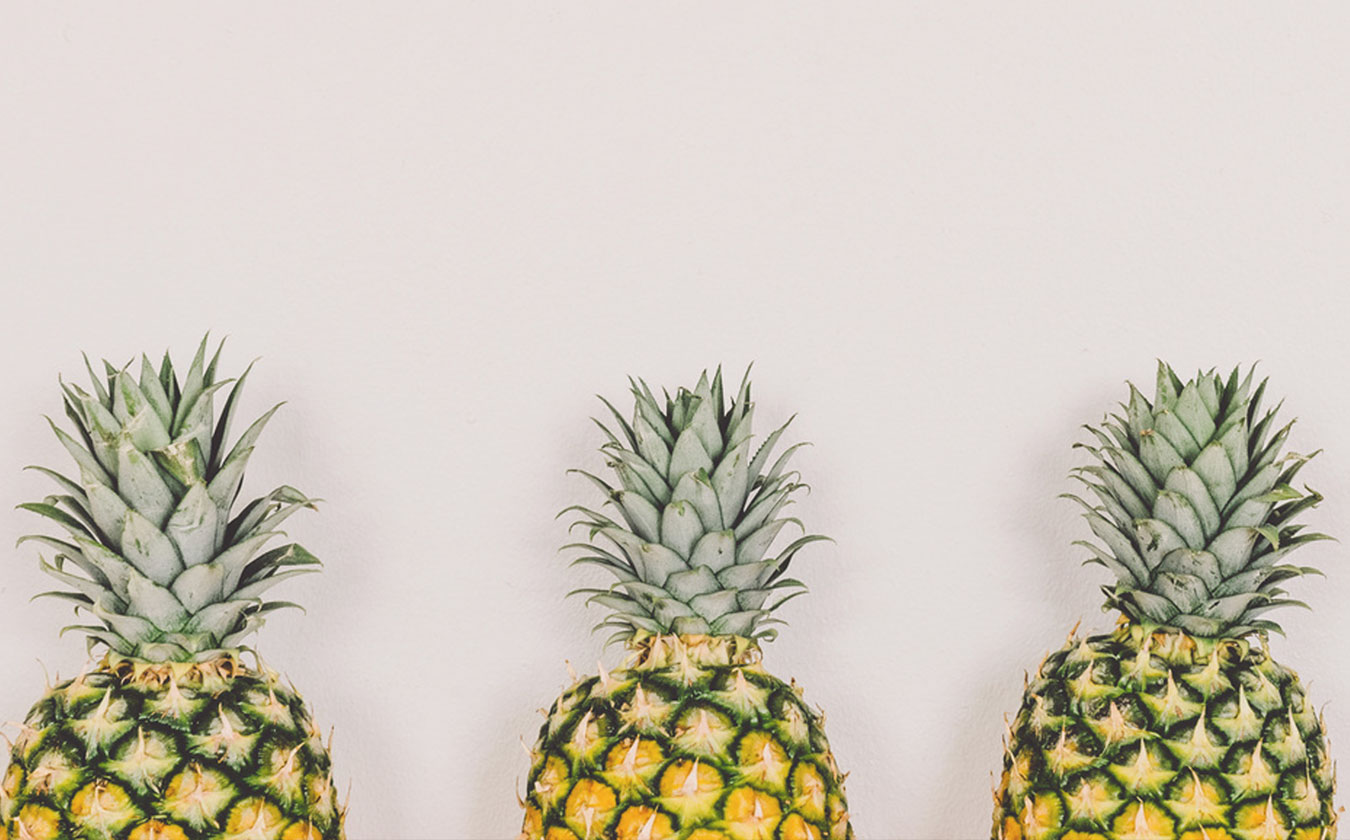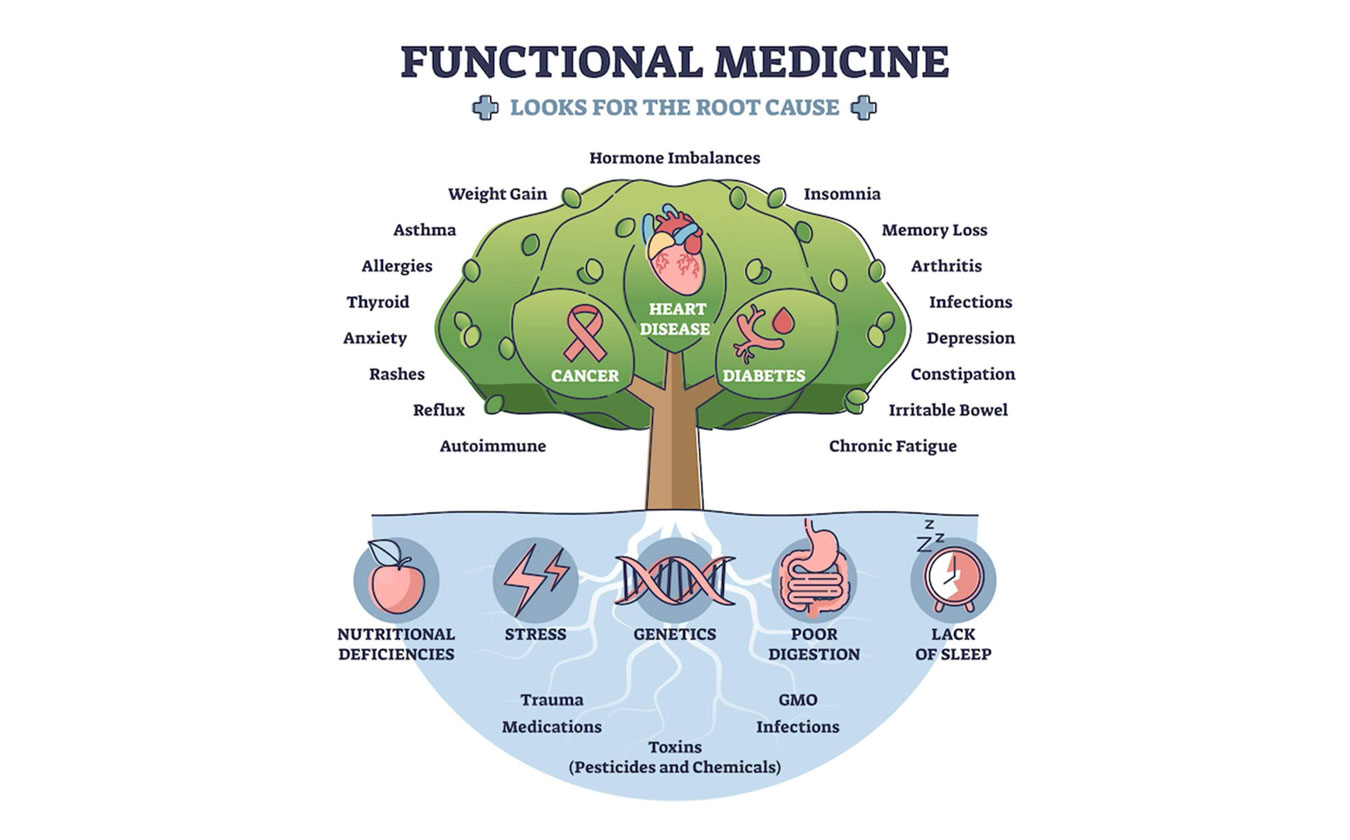Think “sugar” and the word conjures up images of all the good things in life – sinful cakes, gooey pies, delectable chocolates, the list is endless.
Over the ages, sugar has been synonymous with love, happiness and festivity. Be it any culture or geography in the world, can you have a celebration or happy moments sans the sweet nothings on the feasting table? Even walking past a patisserie, be it in Mumbai or in Paris would inadvertently bring a smile to the face.
The easiest way to calm a child or get him to do something is to take him to the candy store or bribe him with toothsome, sugary distractions. The twinkling eyes and sheer delight on his face are enough to weaken any resistance to this bane!
So, what is the scoop on sugar? Why is sugar the next big high coming almost close to cocaine? Why are we supposed to be wary of something that gives us a big rush (never mind how awful we feel later) and is associated with “everything nice”? Hmm… I catch myself mumbling “sugar and spice and everything not so nice”
Let us briefly understand the history of sugar before coming back to this question. Sugar was thought to be cultivated in North East India, long before the birth of Christ ! The Sanskrit khanda has become the English candy. The earliest references to it were made during the campaign of Alexander the Great (around 327 B.C). It was called Indian Salt. It took another 1000 years to spread to the rest of the world. The medieval crusades that brought knowledge of eastern ways to Western Europe, facilitated the spread of sugar and eventually took it to America. Sugar had become so profitable by 1660, that the British were ready to go to war to maintain control. The first sugar refining plant was set up in New York in 1689. By 1940, the United States alone was producing over 2 million tons per year.
About 100 years ago the average American consumed around 5 pounds of sugar per year. This number today has gone up to 135-150 pounds of sugar per year! This is more than 34 teaspoons of sugar a day. Indians are not far behind and India is soon becoming the Diabetes Capital of the world.
So, what is the maximum sugar limit a day?
According to the American Heart Association (AHA), the maximum amount of added sugars you should eat in a day are 150 calories per day (37.5 grams or 9 teaspoons) for Men and 100 calories per day (25 grams or 6 teaspoons) for Women.
An interesting study on mice:
A Connecticut College press release on an undergraduate student research project, concluded that rats who were fed Oreo cookies rather than bland, boring rice cakes formed a strong connection between the pleasurable effects of eating Oreos and a specific environment, as they did with cocaine versus saline in another environment.
The sweet poison:
- Sugar dips (the crash that you feel after a high intake of sugar) create adrenal exhaustion and increase cortisol, the stress hormone.
- Sugar depletes magnesium stores in the body.
- Sugar feeds candida infections.
- It impairs liver function.
- It weakens the immune system and is a leading cause of ADD (Attention Deficit Disorders) in children.
- It changes the body’s PH level and makes it more acidic.
- It breaks down collagen in the skin and causes premature aging.
- It messes with neurotransmitters like serotonin, dopamine, and endorphins.
- Sugar creates AGEs (Advanced Glycated End products) that are sticky substances in the blood, leading to inflammatory diseases.
- A high level of insulin in the blood caused by high blood sugar can lead to PCOS and cancer.
- Sugar imbalances will make you tired, sick, and sad (anxiety, depression, and quirky behaviors occur when blood sugar drops too fast).
- Last but not least, obesity, diabetes, and heart disease are directly related to high sugar consumption.
But you will say I don’t eat that much sugar!
Look for hidden sugars in everyday foods like barbecue sauces, Chinese sauces, breads, canned fruits, cookies, frozen dinners, ketchup, peanut butter, pickles, salad dressings, soups, low fat yogurts, so called healthy breakfast cereals, fruit juices and several other food products. Always check labels before you start to munch. Sugar surrounds us. Sweeteners such as High Fructose Corn Syrup, Aspartame, Sucralose, Dextrose, Maltose are all sugar coated terms for slow poisons.
So, what are some healthy sugar substitutes?
Sprinkle cinnamon for a natural, woody sweet taste, use organic honey (Manuka is great) but again, in limit. Organic jaggery is another option and stevia if necessary.
In another study, hunters had started using candy as bear bait. After gorging himself on candy, this bear started walking around in circles. If sugar can do this to a 500 pound bear, imagine what it can do to humans! According to Dr. Mark Hyman, MD, sugar is 8 times more addictive than cocaine.
So the next time the sugar devil rears his sweet head and tempts you with goodies, you know what to say!
Credits ( THAC – Mumbai, www. Washingtonpost.com, bamboocorefitness)









